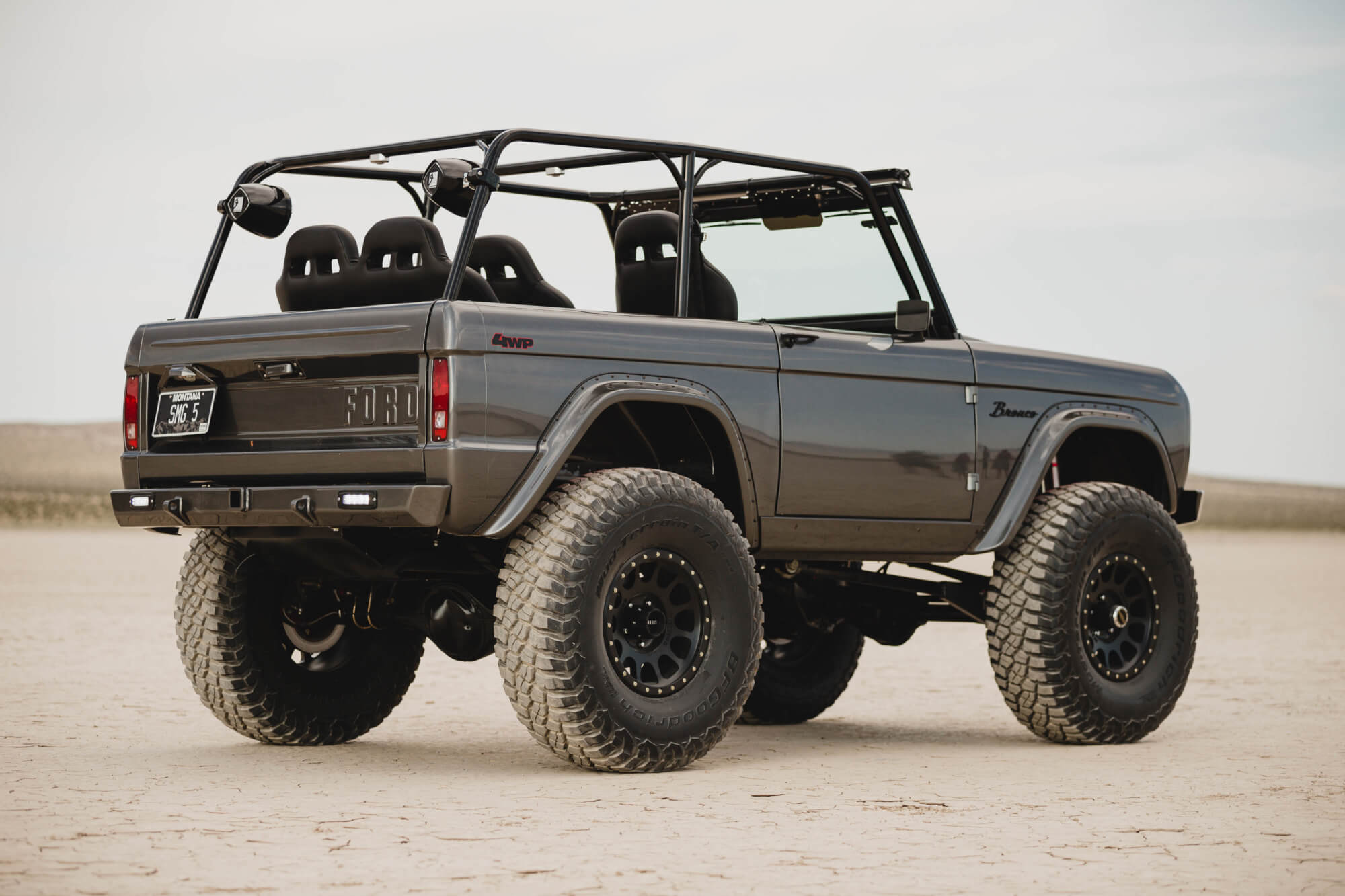
When it comes to tires, understanding the differences between metric and standard sizes is crucial for making informed buying decisions. With different terms like diameter, radius, and width, thrown around all the time, as well as different measurements for all of them, it can sometimes get confusing to understand everything.
This guide will hopefully clear things up and help you easily remember different measurements and how to distinguish between them once and for all. If not, you can always come back to it when you need a refresher.
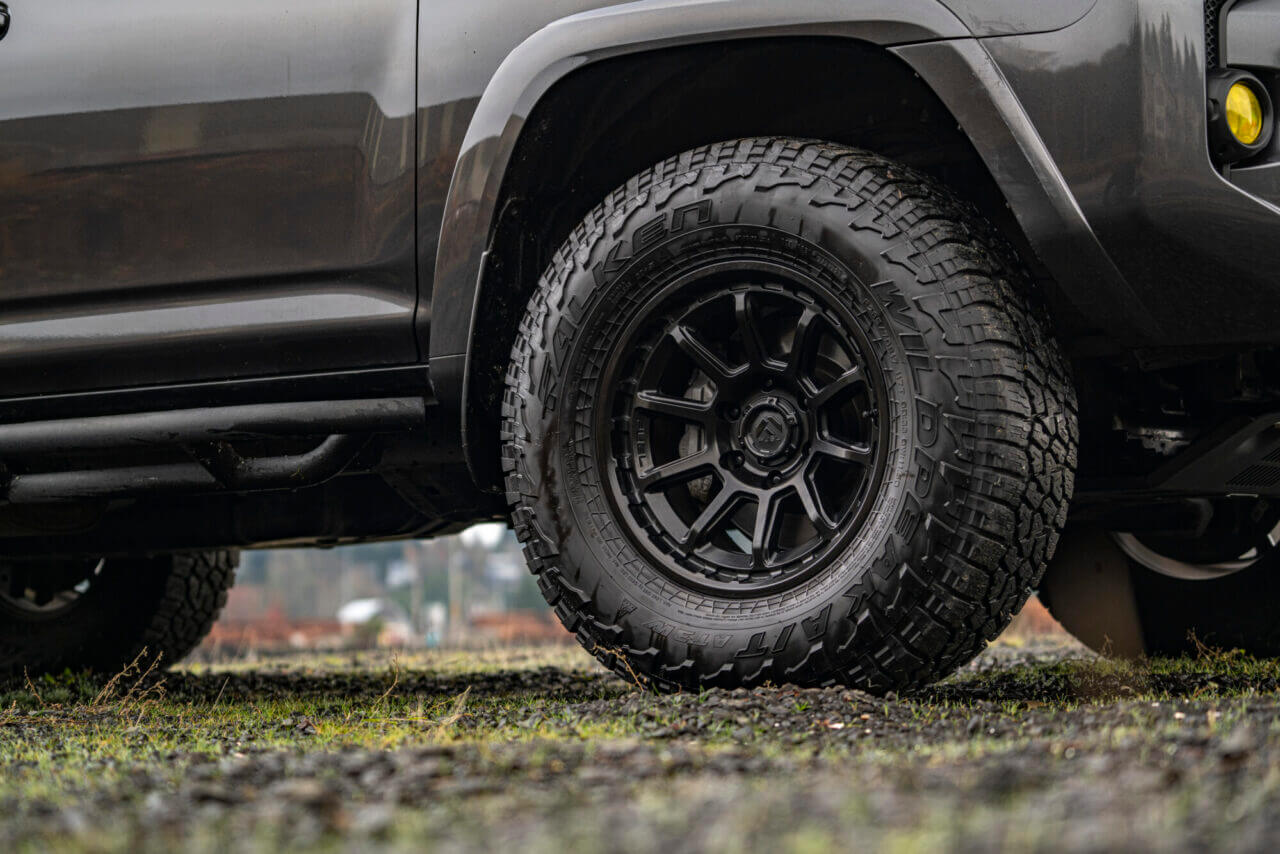
An Intro to the Different Formats
Tire sizes are typically represented using two different measurement systems: metric and standard, but the latter is also known as imperial. Metric tire sizes are widely used around the world while standard sizes are more commonly used in the United States.
Metric tire sizes consist of three main measurements: tire width, aspect ratio, and rim diameter. An example of this would be 245/40R18 for instance. Here, 245 is the tire width expressed in millimeters, 40 is the aspect ratio that indicates how tall the sidewall is expressed as percentage of the tire width, and 18 is the rim diameter in inches.
It’s sometimes common to find p-metric sizes which just means that the expression above has a prefix indicating whether the tires are used for passenger cars or commercial vehicles for instance. Using the same example above, P245/40R18 would just mean that the tire in question is a passenger vehicle tire.
Imperial or standard tire sizes are strictly expressed in inches. So, for instance, 40×12.5xR18 would denote that the tire is 40 inches in diameter (or height), 12.5 inches wide, and 18 inches in wheel size diameter. You can also see this example written as 40×12.5×18 with the R emitted since it’s implied, or as 40 x 12.5 x 18 with spaces left in between.
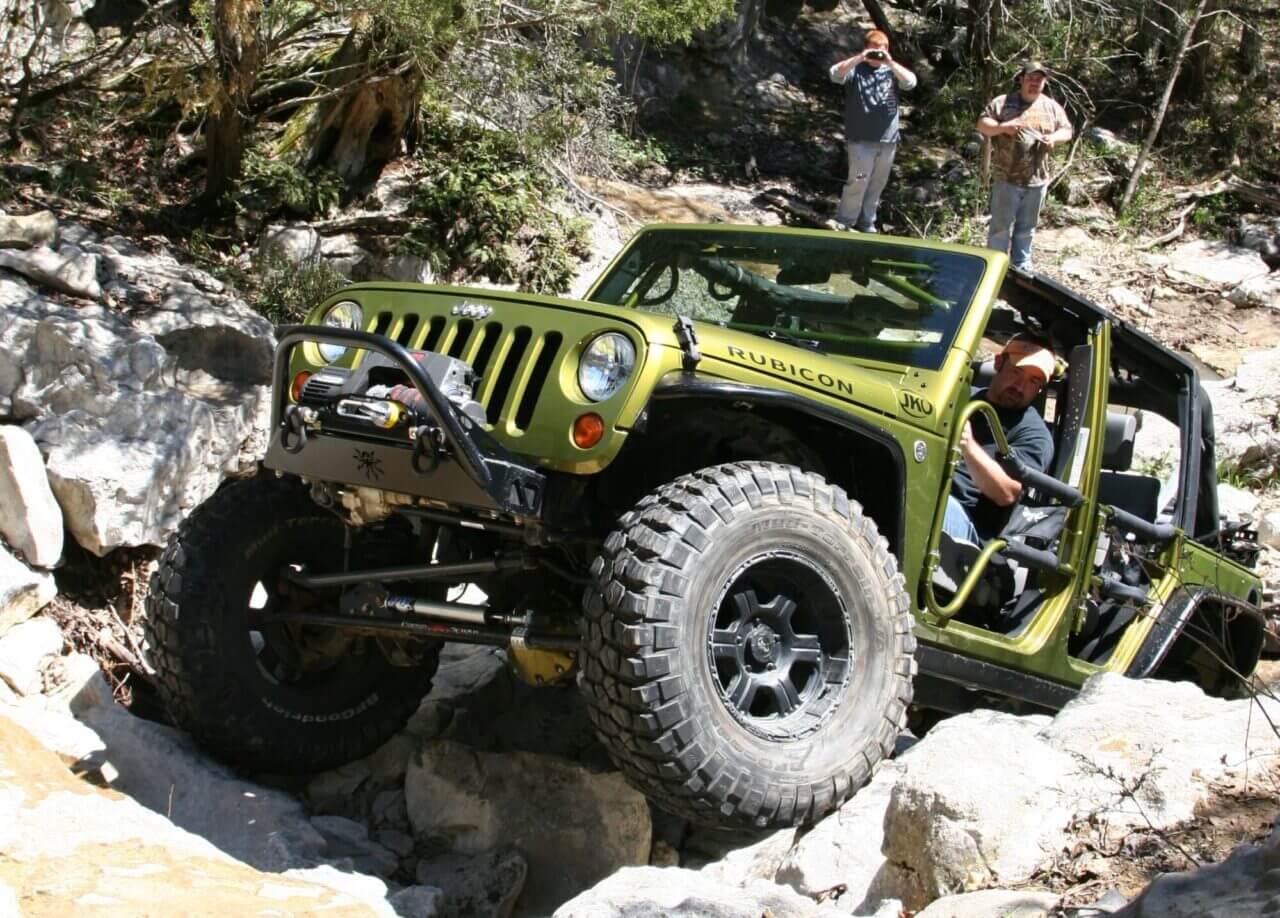
Impact of Changing Your Tire Size
Changing your tire size can have all kinds of effects on your vehicle’s performance, both positive and negative. You should always remember that things like acceleration, grip, fuel economy, and handling, will all be affected by going with smaller or larger tires than your factory ones.
The overall diameter of the tire affects speedometer reading since the speed sensor uses wheel revolution to accurately determine wheel speed. If you have taller or shorter tires, you could throw the speed sensor and the system off which will affect your car’s speed calculation. That’s why most people recommend recalibrating the speedo if you make a drastic change in tire size.
Altering the tire size will also impact ground clearance. If you’re running low-profile tires, your car’s underside will be closer to the ground and bottoming out will become easier. Likewise, if you run larger tires, you may encounter fitment issues or fender rubbing. Sometimes you can even experience suspension clearance issues if the tire is large enough to make contact with control arms or other suspension parts.
If you buy larger tires, you might also need wider wheels to accommodate them. With wider wheels come a whole set of new challenges, including clearing the brake calipers, the brake rotors, the fender linings, and so on.
Different tire sizes can affect the way your vehicle handles as well. Larger tires may offer improved traction and stability but can also result in increased rolling resistance and worse fuel economy. Smaller tire sizes will produce less road noise and resistance but might compromise ride comfort.
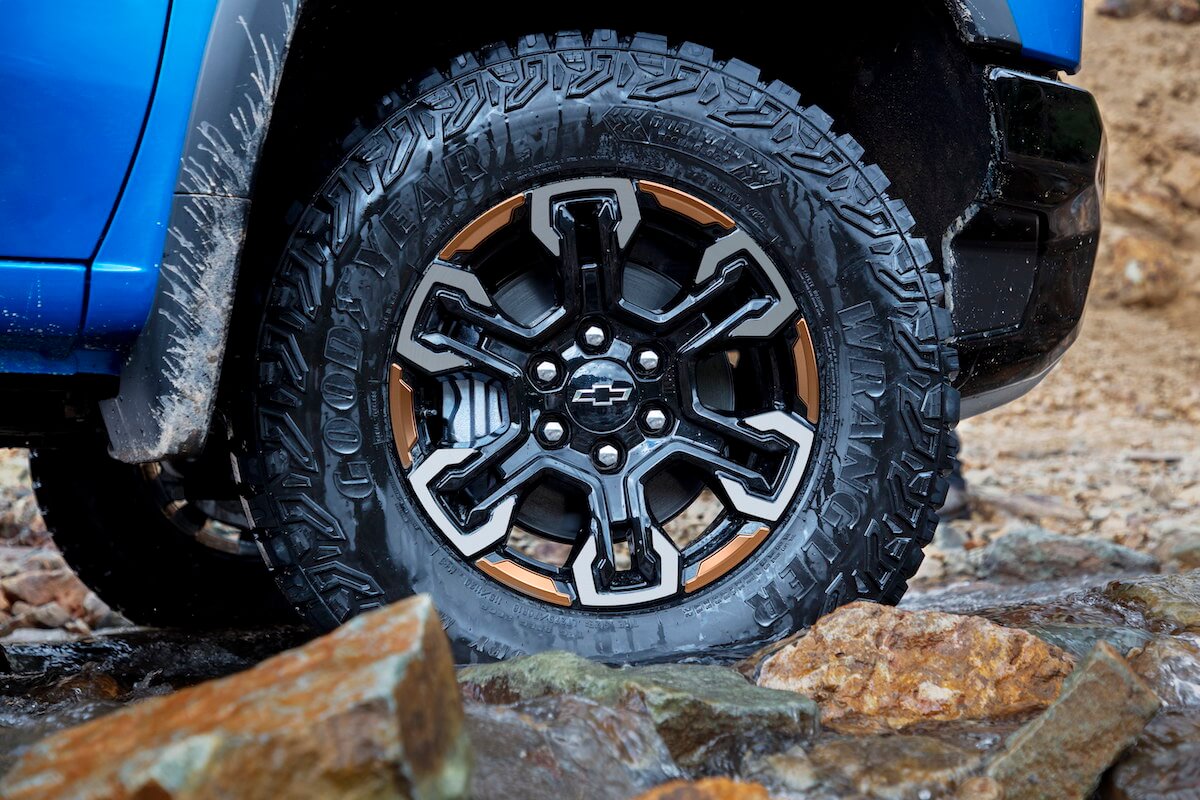
Common Misconceptions of Tire Size Conversions
Understanding tire size conversions is key when it comes to buying correct wheels and tires, as well as ensuring proper fitment. There are several common misconceptions that can lead to confusion and potentially making the wrong choices, so let’s address some of them.
A lot of people assume, and incorrectly at that, that you can perform direct conversions from metric to standard tire sizes and vice versa. The truth is though, because of the way both measurement systems work and the different variables they use, it’s not as simple as converting millimeters to inches or the other way around. To convert tire sizes correctly and accurately from one measurement system to the other, you need to perform a few calculations.
Another common misconception comes from what’s known as “plus-sizing”. Simply put, plus-sizing refers to increasing the wheel diameter while maintaining the same overall tire diameter. Most people do this to fill in the wheel arch and make the car’s stance appear more aggressive, but it’s important to note that plus-sizing requires careful selection to ensure proper compatibility with your car’s suspension and fenders.
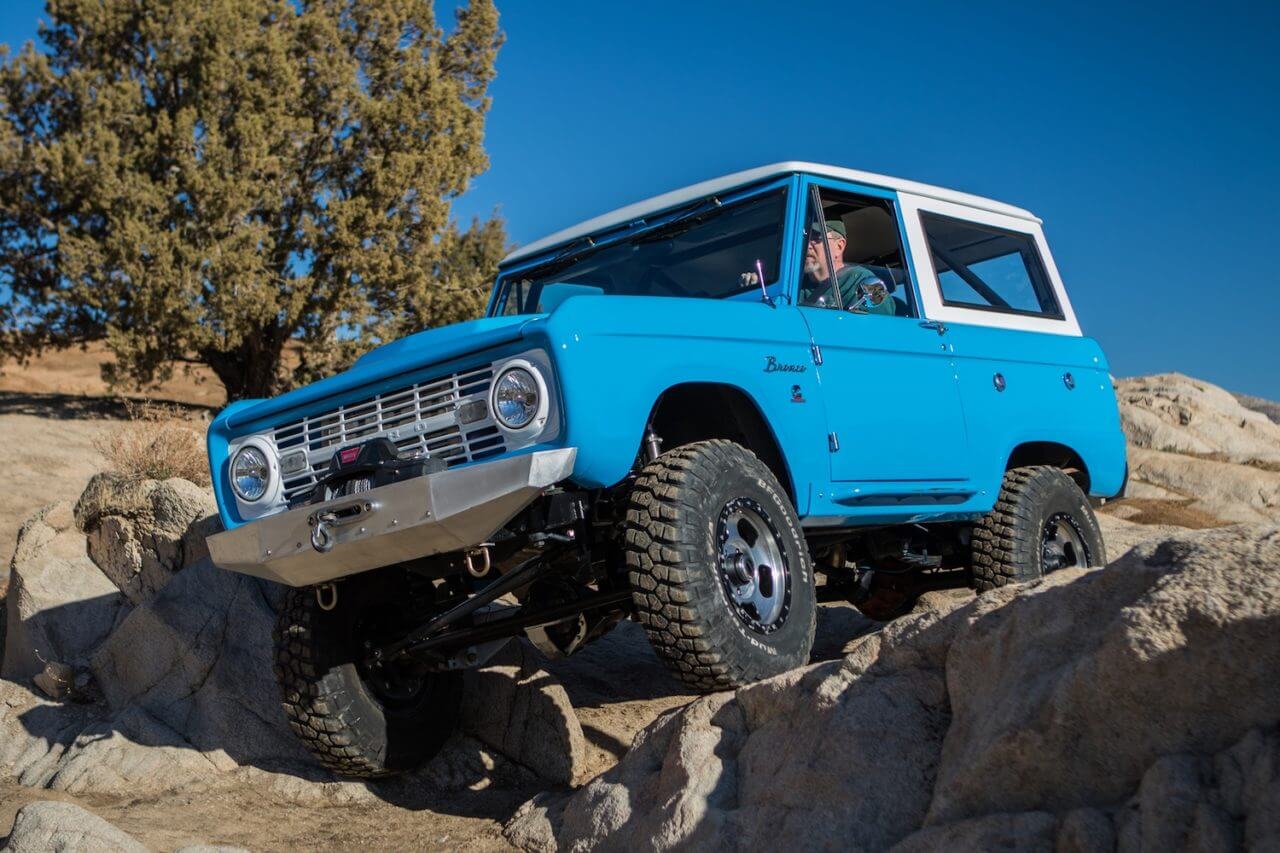
How to Convert Tire Sizes Accurately
The easiest way to calculate the differences and convert tire sizes is to use a tire size calculator. You can also consult with tire manufacturers or tire shops that will help you calculate the differences between your current and desired tire sizes, as well as perform metric tire conversion and vice versa.
If you want to manually convert between the two systems, just remember that not all measurements can be converted directly. For instance, although the diameter reading is the same for both of them, in the metric system, the tire’s width is expressed as a percentage of the height, so you can’t just convert it to inches.
You’ll first have to calculate how wide it is in millimeters and then convert it to inches. Obviously, rarely anyone does this manually nowadays since online converters are readily available and easy to use, so tire size comparison is easy to figure out.
If you’re thinking about buying new tires, consider factors like clearance, load capacity, and speed rating, before you commit to a purchase. Some cars can use wider or taller tires than others, and you’ll need to consult with a tire shop or your manufacturer for what tire size your car can safely accommodate.
Remember that all the calculations in the world or expert advice can’t account for actual practical testing. Once you have your new tires on, test and monitor their fitment and how they perform. Try to pay attention to factors such as handling and braking, and see if you notice any wheel rub.
Hopefully this article helped you better understand the differences between metric and standard measurement systems and how to convert between them. Wheel fitment is a whole separate science we won’t get into in this article, but just remember that wheel and tire choices are ultimately limited by your car’s ground clearance, fender clearance, suspension clearance, and brake clearance.



2